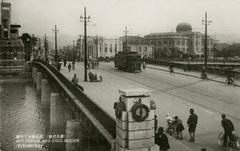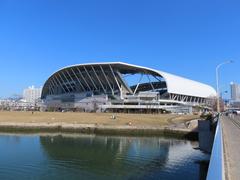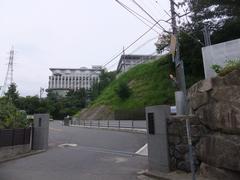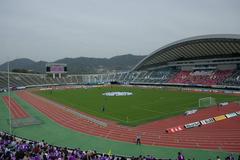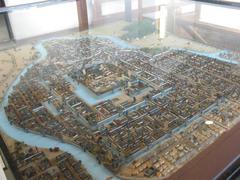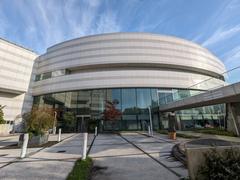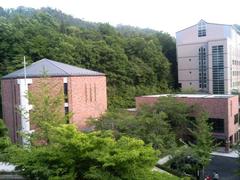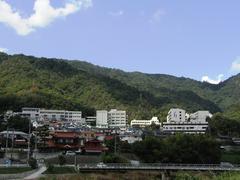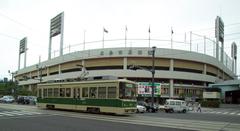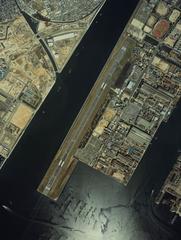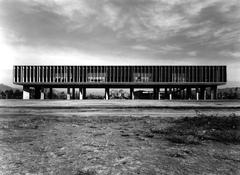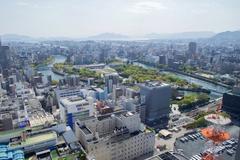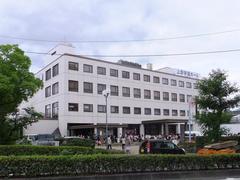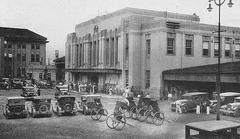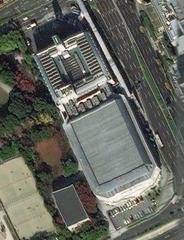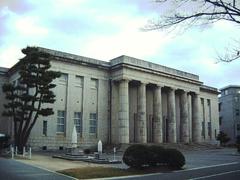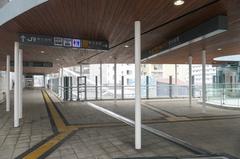Hiroshima Shudo University Visiting Guide: Hours, Tickets, and Nearby Attractions
Date: 14/06/2025
Introduction
Hiroshima Shudo University, located in the culturally rich city of Hiroshima, serves as a living testament to Japan’s enduring educational legacy and remarkable resilience. Established in 1725 by Yoshina Asano as the Hiroshima Domain’s Han school, the university has evolved from its samurai roots into a modern institution renowned for its commitment to ethics, governance, and global competence. Throughout centuries marked by transformation—including the devastation of the 1945 atomic bombing—Shudo University has remained a vital symbol of peace, academic excellence, and cultural renewal.
Today, the university welcomes visitors to its tranquil campus, which elegantly combines traditional Japanese architecture with contemporary facilities. Guests can explore historic buildings, participate in cultural events, and gain insight into the university’s pivotal role in Hiroshima’s intellectual and peace-building journey. This guide offers practical information on visiting hours, tickets, accessibility, nearby attractions, and travel tips to ensure a meaningful experience. For the latest updates, always refer to the Shudo University Official Website and trusted Hiroshima tourism resources.
Contents
- Introduction
- Origins and Historical Significance
- Visiting Information: Hours, Tickets, and Accessibility
- Guided Tours and Special Events
- Travel Tips and Directions
- Campus Highlights and Photographic Spots
- Academic Structure and Educational Philosophy
- FAQs
- Conclusion and Further Exploration
Origins and Historical Significance
Founded as the Hiroshima Domain’s Han school in 1725, Hiroshima Shudo University’s heritage is deeply rooted in the educational philosophy of the Edo period. Its name, “Shudo,” reflects the Confucian ideal of “Cultivating the Way,” emphasizing integrity, leadership, and community service. Over its nearly 300-year history, the university has not only survived the profound changes brought by the Meiji Restoration and World War II but has thrived as a center for learning and peace advocacy. Today, it stands as an emblem of Hiroshima’s enduring spirit, welcoming approximately 6,300 students across various disciplines (Shudo University Official).
Visiting Information: Hours, Tickets, and Accessibility
- Visiting Hours: The campus is generally open to the public on weekdays from 9:00 AM to 5:00 PM. For access to specific facilities, exhibitions, or events, it is recommended to check the university’s website or contact the visitor center in advance.
- Tickets and Entry: Entry to the campus is free for casual visits. Some exhibitions, guided tours, or special events may require advance booking or a small fee.
- Accessibility: Hiroshima Shudo University is wheelchair accessible, with ramps, elevators, and accessible restrooms. Visitors with disabilities can request additional assistance via visitor services.
Guided Tours and Special Events
Hiroshima Shudo University occasionally offers guided tours highlighting its historical evolution, architectural features, and educational mission. These tours provide deeper insight into the university’s contributions to Hiroshima’s cultural and intellectual landscape. The university also hosts public lectures, cultural festivals, and exhibitions that are often open to visitors. Check the official events calendar for the latest information.
Travel Tips and Directions
- Location: Situated in Hiroshima City, the university is easily accessible via public transportation.
- How to Get There:
- From Hiroshima Station: Take the Hiroshima Electric Railway (Hiroden) streetcar or local buses to the nearest stop. Taxis are readily available.
- Nearby Attractions:
- Hiroshima Peace Memorial Park (Atomic Bomb Dome)
- Hiroshima Castle
- Shukkeien Garden
- These sites are within close proximity and can be combined for a full day of historical and cultural exploration.
Campus Highlights and Photographic Spots
The university’s campus is renowned for its harmonious blend of traditional Han school buildings and modern facilities, set amidst peaceful gardens. During the cherry blossom season, the campus becomes especially picturesque, making it a prime spot for photography. Please respect the privacy of students and staff, avoiding restricted areas when taking photos.
Academic Structure and Educational Philosophy
Hiroshima Shudo University comprises seven faculties: Commercial Science, Humanities and Human Sciences, Law, Economic Sciences, Human Environmental Studies, Health Sciences, and Global and Community Studies. The curriculum integrates specialized learning with broad-based education, emphasizing “Shudo Standard” subjects such as English, career planning, and regional studies to foster both global awareness and community engagement (Times Higher Education).
FAQs
Q: Is there an admission fee to visit the university?
A: No, campus visits are generally free. Special exhibitions or events may require a ticket.
Q: Are guided tours available?
A: Yes, though availability varies. It’s best to check the official website or contact the university in advance.
Q: What facilities are available for international visitors?
A: The university supports international exchange and provides English-language assistance for visitors and scholars.
Q: Is photography permitted on campus?
A: Yes, in public areas. Please be considerate and avoid restricted or private zones.
Conclusion and Further Exploration
A visit to Hiroshima Shudo University offers unparalleled opportunities to engage with Japan’s educational traditions and Hiroshima’s story of resilience and peace. From its origins as a Han school to its present-day commitment to global citizenship, the university invites visitors to discover its legacy through campus tours, cultural events, and architectural beauty.
To enhance your visit, plan ahead by consulting the university’s website for the latest information on hours and events. Complement your university tour by exploring nearby landmarks such as the Hiroshima Peace Memorial Park, Hiroshima Castle, and Shukkeien Garden. For a richer travel experience, download the Audiala app for guided audio tours and exclusive content, and follow local tourism channels for updates.
Related Attractions and Further Reading
Hiroshima Peace Memorial (Atomic Bomb Dome)
The Atomic Bomb Dome, a UNESCO World Heritage Site, is one of Hiroshima’s most significant historical landmarks. As the preserved ruins of the former Prefectural Industrial Promotion Hall, it stands as a powerful symbol of peace and a reminder of the horrors of nuclear warfare (UNESCO World Heritage Centre - Atomic Bomb Dome). The Dome can be visited year-round, free of charge, and is located within the Hiroshima Peace Memorial Park. For more details on guided tours, hours, and nearby sites, refer to the Hiroshima Peace Memorial Museum and Visit Hiroshima - Official Tourism.
Hiroshima Castle
Hiroshima Castle—also known as Carp Castle—offers insight into Japan’s feudal past and Hiroshima’s post-war resilience. Originally built in the 1590s, the reconstructed castle features a museum, panoramic views, and beautifully landscaped grounds. Admission is 370 JPY for adults, and the site is wheelchair accessible. For further information, visit the Hiroshima Castle Official Site.
Shukkeien Garden
This traditional Japanese garden, located near Hiroshima Castle, provides a serene setting for reflection and is renowned for its seasonal beauty. It is easily accessible from other central Hiroshima landmarks.
Summary and Encouragement to Explore
A visit to Hiroshima Shudo University opens a window to Japan’s educational evolution, cultural richness, and the resilient spirit of Hiroshima. By combining your campus tour with Hiroshima’s iconic historical sites, you can experience both the city’s tragic past and its ongoing dedication to peace and learning. For a fulfilling visit, always check official sources for the most current information and event schedules. Enhance your Hiroshima journey by using the Audiala app for guided tours, and follow local tourism platforms for the latest insights and updates.
References
- Shudo University Official Website, 2025, Hiroshima Shudo University
- Times Higher Education, 2025, Hiroshima Shudo University Ranking and Profile
- UNESCO World Heritage Centre - Atomic Bomb Dome, 2025
- Hiroshima Peace Memorial Museum, 2025
- Visit Hiroshima - Official Tourism, 2025
- Japan Travel Accessibility Guide, 2025
- Hiroshima Castle Official Site, 2025
